In the industrial scenarios of resource recycling and waste metal processing, the can shredder serves as a core front-end volume reduction equipment for packaging containers such as aluminum cans and iron cans, as well as waste metals. Its structural design and process adaptability directly determine the efficiency, cost, and terminal benefits of recycling projects. This article disassembles the core details of the can shredder for practitioners from the dimensions of equipment structure, process logic, scenario adaptation, and the synergistic value of aluminum can crushers, addressing practical problems such as "how to select equipment, how to process materials, and how to improve efficiency".
1. Core Structure of Can Shredder: Technical Design to Solve Three Major Industry Pain Points
Aiming at the characteristics of "thin wall, hollow, and easy to jam" of hollow metal containers (such as aluminum beverage cans and iron food cans), the structural design of the can shredder needs to break through the following industry difficulties:
1.1 Knife Shaft and Cutter System
It adopts a double-shaft differential shredding structure, and the moving knives are distributed on the knife shaft in a spiral array manner, forming a combined action of "shearing + tearing" with the fixed knives. The cutters are made of high-chromium alloy material (hardness HRC ≥ 62). In view of the hardness difference between aluminum cans (wall thickness 0.1-0.3mm) and iron cans (wall thickness 0.2-0.5mm), the inner holes of the cutters and the spindle surface adopt a hexagonal stress dispersion design, which makes the force more uniform and avoids local overload leading to cutter chipping.
1.2 Sealing and Protection Structure
The bearing system applies six-layer composite sealing technology (including skeleton oil seal, labyrinth seal, etc.), which can effectively block the intrusion of water and metal debris, and extend the service life of the bearing to more than 8000 hours; the fuselage box adopts the Q345 manganese steel integral welding process, and the inner wall is lined with a 20mm thick wear-resistant manganese steel liner to cope with the impact and wear of long-term shredding operations.
1.3 Drive and Intelligent Control Unit
The power end is equipped with a frequency conversion speed-regulating motor + planetary gear reducer, and the output speed is stable at 50-120r/min, realizing "low-speed and high-torque" shredding (when processing aluminum cans, the torque can reach more than 1500N·m). The control system integrates current overload protection (automatic shutdown when the load current exceeds 120% of the rated value) and jam reversal troubleshooting function to prevent motor burnout or equipment jamming.
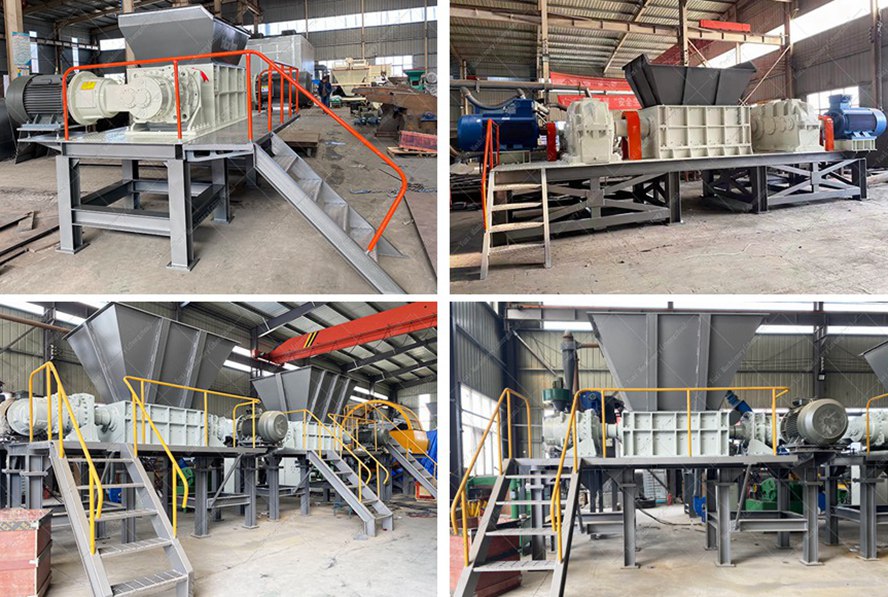
2. Process Adaptation: Material Processing Range and Parameter Setting of Can Shredder
The applicable materials of the can shredder far exceed conventional cognition, and the process parameters need to be adjusted precisely according to the material characteristics:
2.1 Material Adaptation and Pretreatment Requirements
• Hollow container category (beverage cans, beer cans, iron buckets, etc.): Before feeding, use a vibrating sorter to remove foreign objects such as glass and plastic in the cans, and control the particle size of the shredded material to 30-60mm (aluminum cans are finer, iron cans are slightly coarser) to provide the best feeding size for the subsequent aluminum can crusher;
• Waste home appliance category (TV/ washing machine casings, etc.): It is necessary to remove non-metallic parts such as internal circuit boards first, and adjust the cutter gap to 1-2mm during shredding to tear the metal casings into irregular pieces for subsequent sorting;
• Waste metal category (car casings, steel plates with thickness < 5mm, etc.): For thick metal parts, select a reinforced knife shaft with a shaft diameter ≥ 180mm, and adjust the shredding gap to 2-3mm to prevent the knife shaft from being overloaded and deformed.
2.2 Synergistic Process with Aluminum Can Crusher
The shredded metal can materials enter the aluminum can crusher (aluminum can crushing and sorting integrated machine), which realizes secondary crushing through "high-speed hammer impact + screen classification": the hammer crushes the materials to a particle size of 5-15mm at a speed of 800-1200r/min, and at the same time, a built-in eddy current sorting module is used to separate aluminum particles and iron chips by utilizing the difference in electrical conductivity between aluminum (electrical conductivity about 38MS/m) and iron (electrical conductivity about 10MS/m), and the sorting purity can reach more than 98%.
Note: The combined process of can shredder + aluminum can crusher can increase the metal purity of aluminum can recycling from the "mixed state after shredding" to the "single metal purity after sorting", directly reducing the impurity treatment cost in the subsequent smelting process.
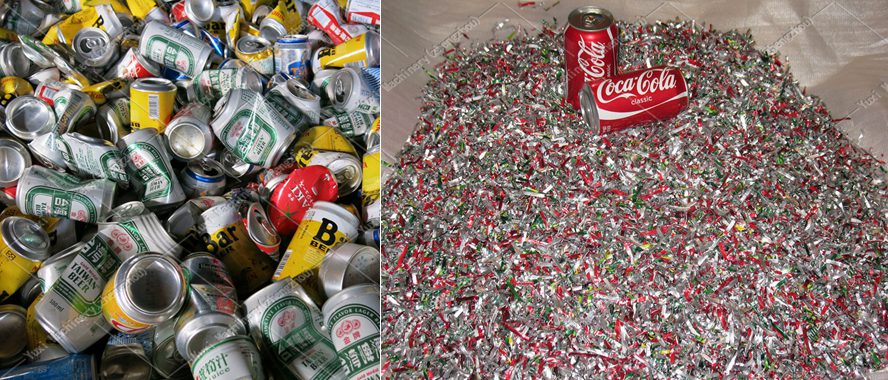
3. Equipment Selection and Quality Identification: Key Dimensions for Practitioners
For purchasers such as waste recycling stations and metal processing enterprises, the following dimensions should be considered when evaluating the quality of can shredders:
3.1 Material and Process Verification
• Require the manufacturer to provide a cutter heat treatment curve report to confirm the uniformity of hardness;
• Check the UT ultrasonic inspection report of the box welding area to ensure no defects such as air holes and cracks;
• Ask for the waterproof and dustproof test video of the sealing structure (simulate continuous operation in humid conditions for 48 hours, and there is no debris or water accumulation in the bearing cavity).
3.2 Capacity and Energy Consumption Matching
Select the model according to the daily processing capacity (such as 5 tons/day or 20 tons/day), and calculate the unit energy consumption ratio at the same time (ideally, the energy consumption for processing 1kg of metal can material is ≤ 0.12kWh). For example, for equipment with a processing capacity of 1000kg/h, the motor power is recommended to be 22-37kW to avoid increasing maintenance costs due to "small horse pulling a large cart".
3.3 Compliance and Safety
The operating noise of the equipment should be ≤ 85dB (meeting the noise compliance requirements of industrial sites), and the dust emission concentration should be ≤ 10mg/m³ (complying with air quality emission standards); the configuration of the fuselage guardrail, emergency stop button, etc., should meet the industrial safety design specifications.
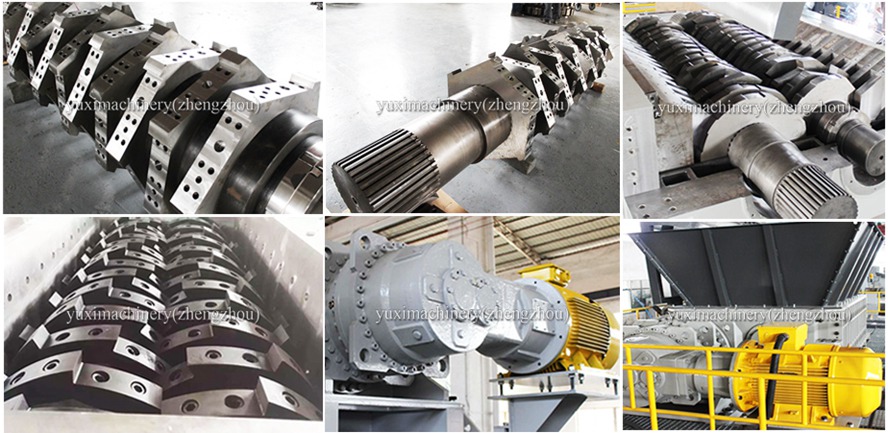
4. Frequently Asked Questions (FAQ)
1. Q: Can cans with liquid residues be shredded directly?
A: Yes, but it is necessary to configure a built-in diversion groove + oil-water separation interface (such as the sealing protection structure mentioned in the article), and pre-treat with a vibrating drainer before feeding (drainage efficiency ≥ 90%), otherwise the residual liquid will easily accelerate the corrosion of bearings and knife shafts.
2. Q: Can the discharge particle size of the aluminum can crusher be adjusted?
A: Yes. By replacing screens with different apertures such as 5mm, 10mm, and 15mm, the discharge particle size can be precisely controlled to meet the needs of downstream processes such as "aluminum grain recycling" or "metal chip briquetting".
3. Q: What specification of can shredder is suitable for small recycling stations?
A: It is recommended to choose a model with a processing capacity of 500-1000kg/h. The equipment covers an area of only 5-8㎡, and the motor power is 15-22kW, which can be matched with a small aluminum can crusher with a processing capacity of 300-500kg/h to meet the demand for daily processing of 3-5 tons of waste.
The efficiency revolution of waste metal recycling starts with the "precise volume reduction" of front-end materials by can shredders; and the synergistic application of aluminum can crushers further amplifies the recycling value in the "crushing-sorting" link. For practitioners who want to improve recycling benefits, every choice from the details of equipment structure to the matching of process parameters is the key to reducing costs and improving competitiveness.
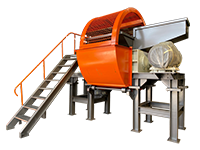 Shredding Machine
Shredding Machine
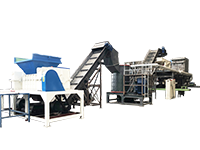 Waste Recycling Line
Waste Recycling Line
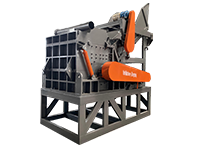 Optional Equipment
Optional Equipment



